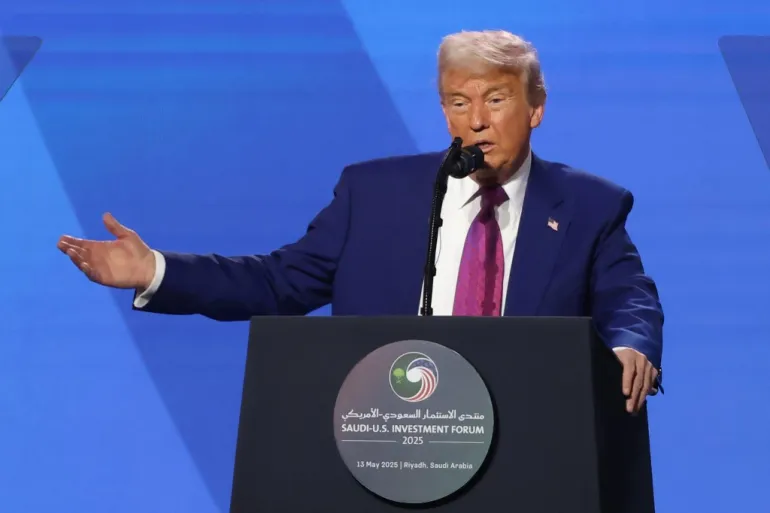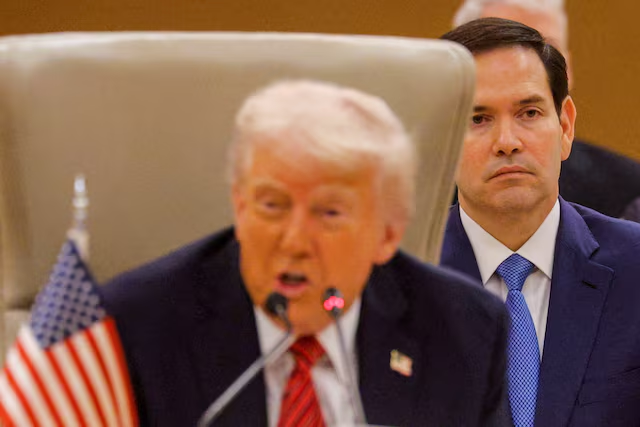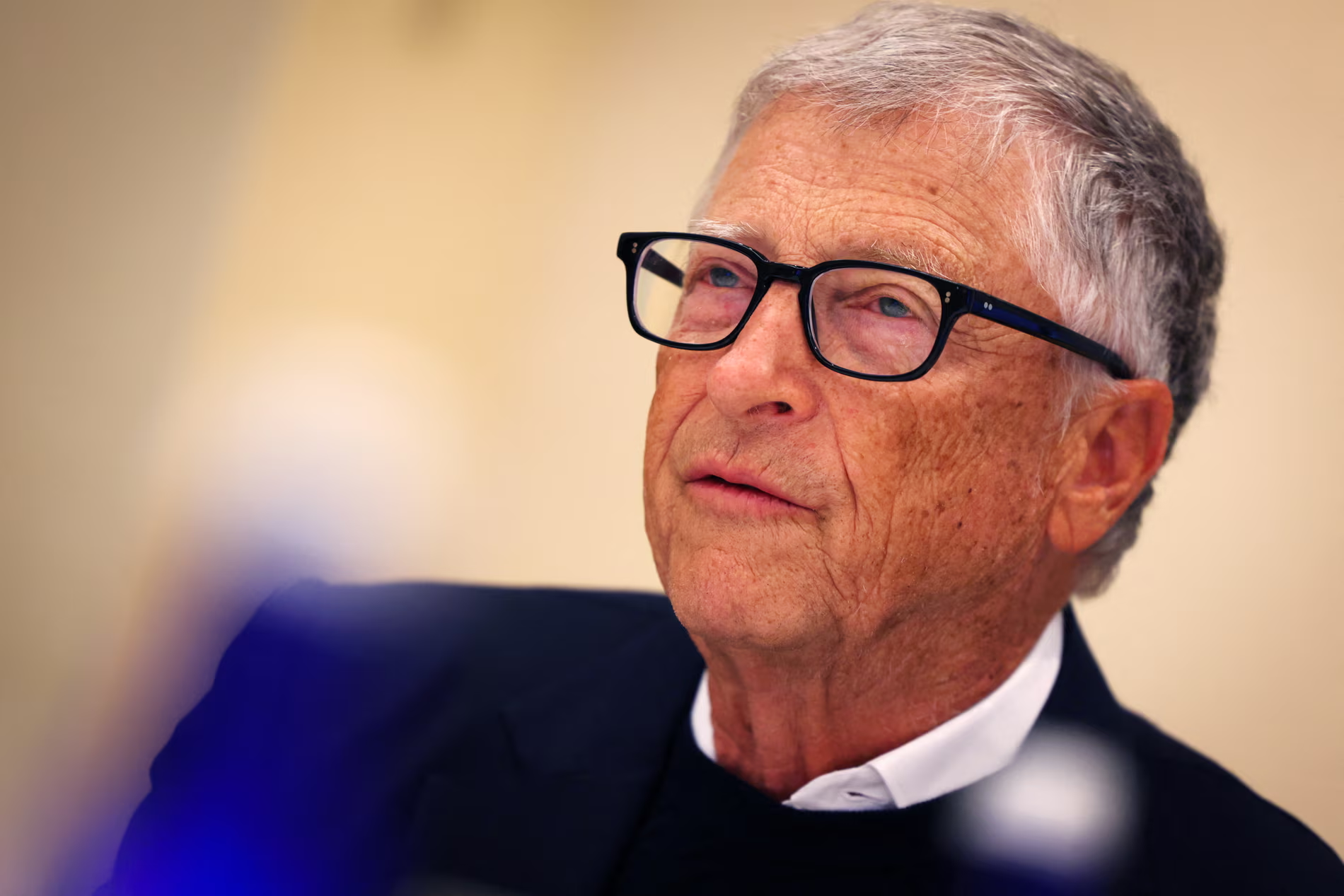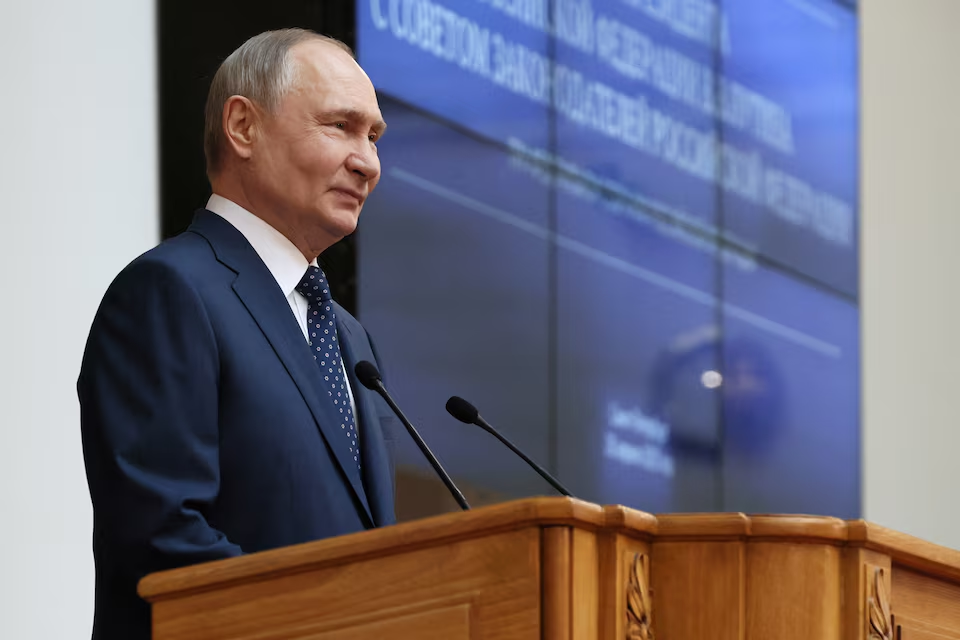On May 13, 2025, U.S. President Donald Trump declared the complete removal of sanctions on Syria, signaling a significant change in Washington’s longstanding approach to the war-torn nation. Speaking at the Saudi-U.S. Investment Forum in Riyadh, Trump stated that the punitive measures had “served their purpose” and that it was time for Syria to “move forward” and “shine.”
This decision comes in the wake of the ousting of former Syrian President Bashar al-Assad in December 2024 by a coalition of rebel forces. The new interim government, led by President Ahmed al-Sharaa, has been seeking international recognition and support to rebuild the nation’s devastated infrastructure and economy.
Trump’s announcement was influenced by discussions with regional leaders, including Saudi Crown Prince Mohammed bin Salman and Turkish President Recep Tayyip Erdoğan. The U.S. Secretary of State, Marco Rubio, is scheduled to meet with Syrian Foreign Minister Asaad al-Shaibani in Turkey later this week to further discuss the implications of lifting the sanctions.
The lifting of sanctions is expected to facilitate Syria’s access to international financial systems, attract foreign investment, and aid in the reconstruction of essential services such as healthcare, education, and infrastructure. However, challenges remain, including ensuring political stability, addressing humanitarian concerns, and navigating complex regional dynamics.
While the move has been welcomed by the Syrian interim government and some international observers, others caution that the success of this policy shift will depend on the new government’s commitment to democratic reforms, human rights, and regional cooperation. The coming months will be critical in determining whether Syria can capitalize on this opportunity to rebuild and reintegrate into the international community.
Source; Al Jazeera



